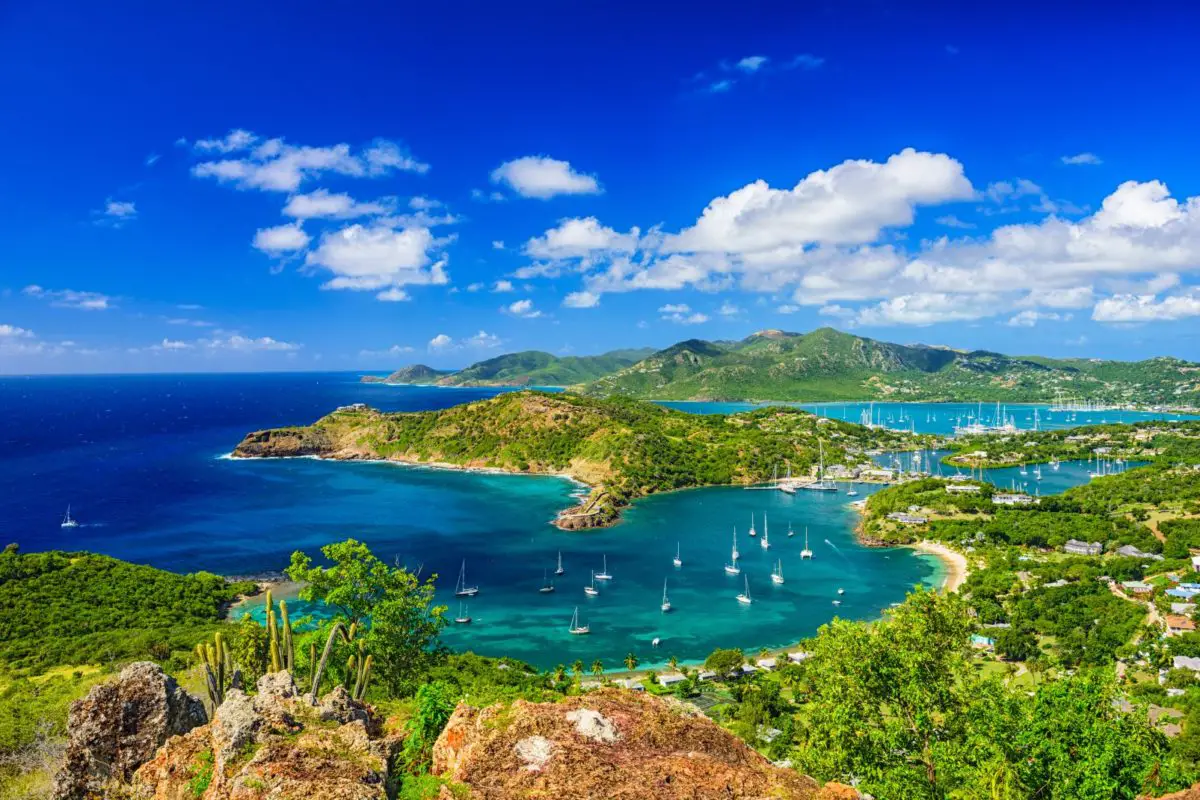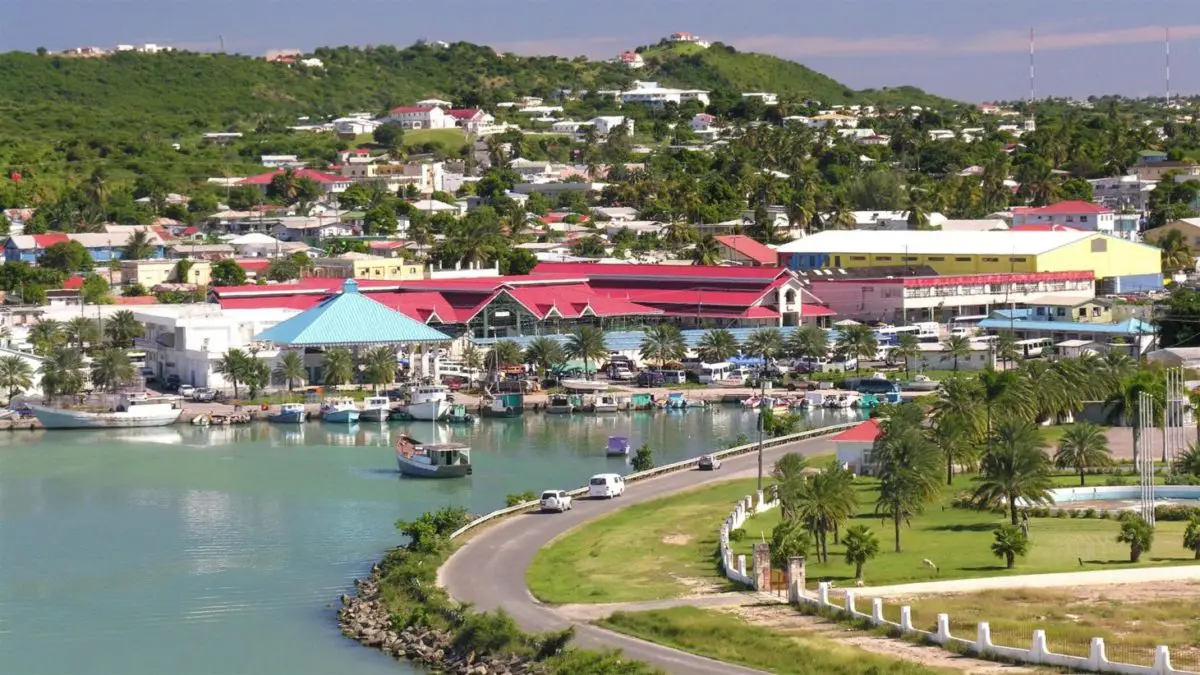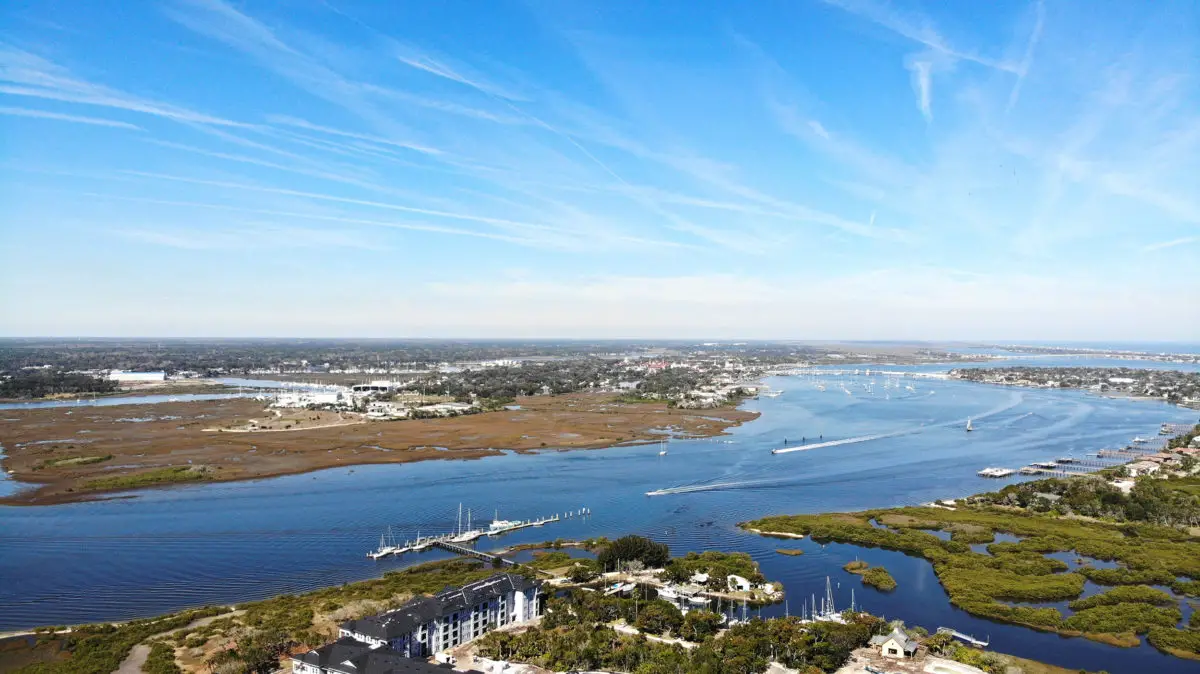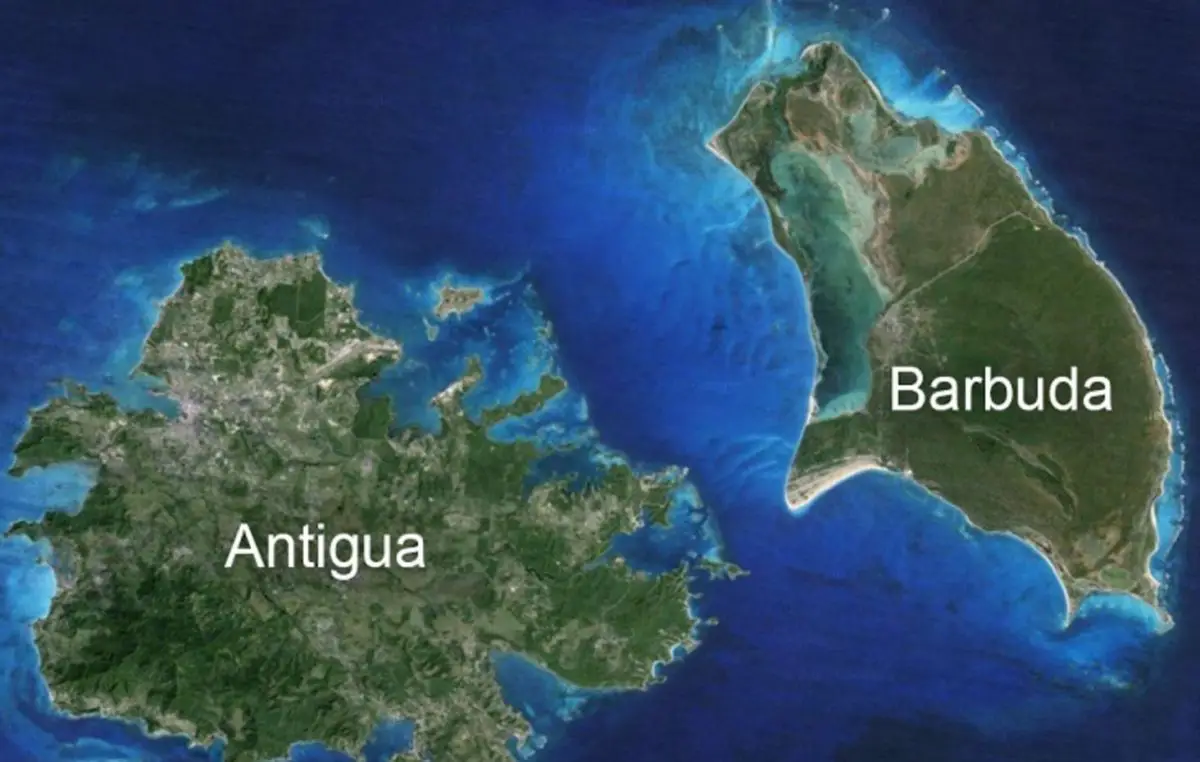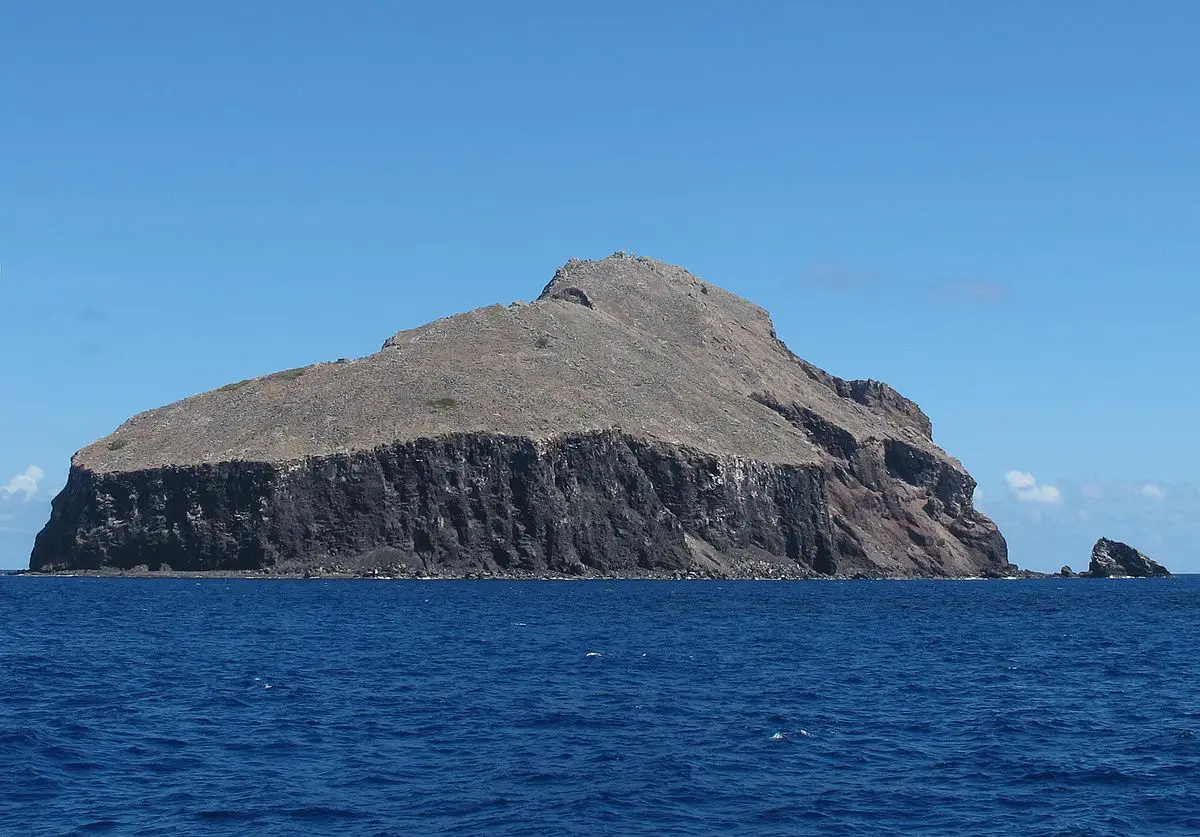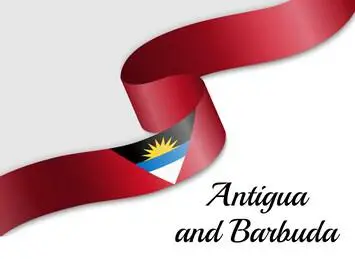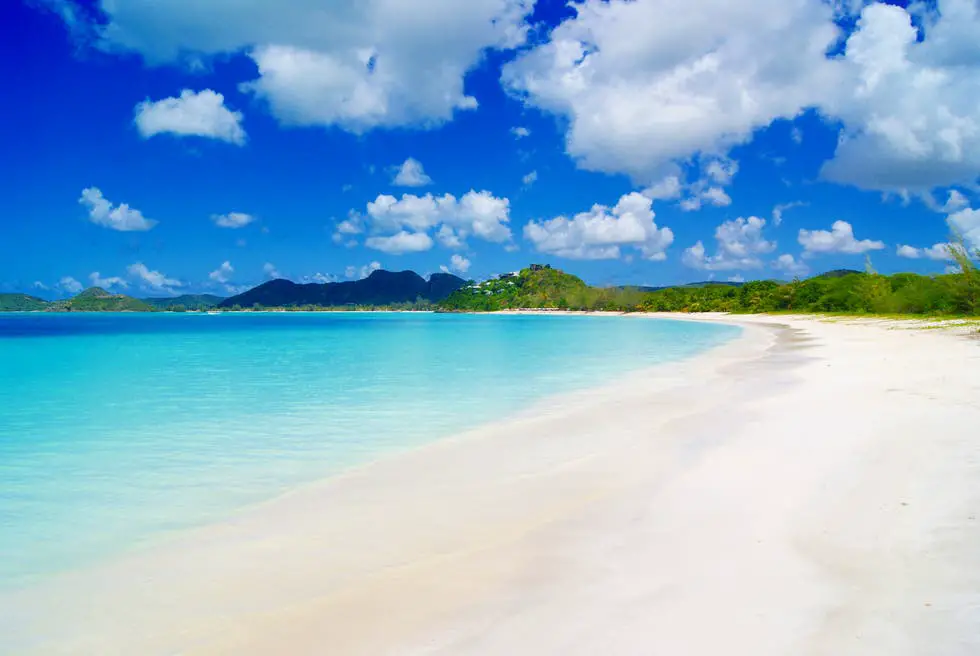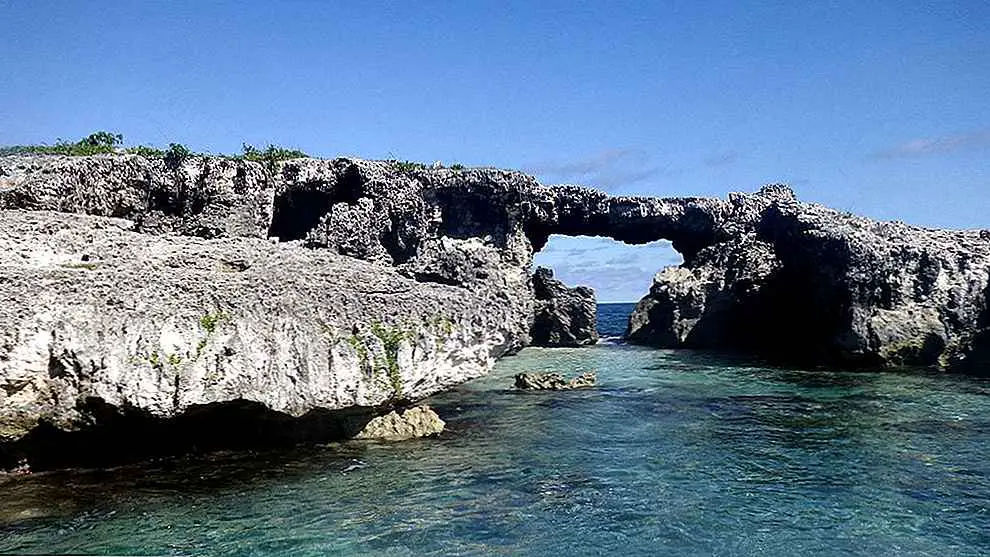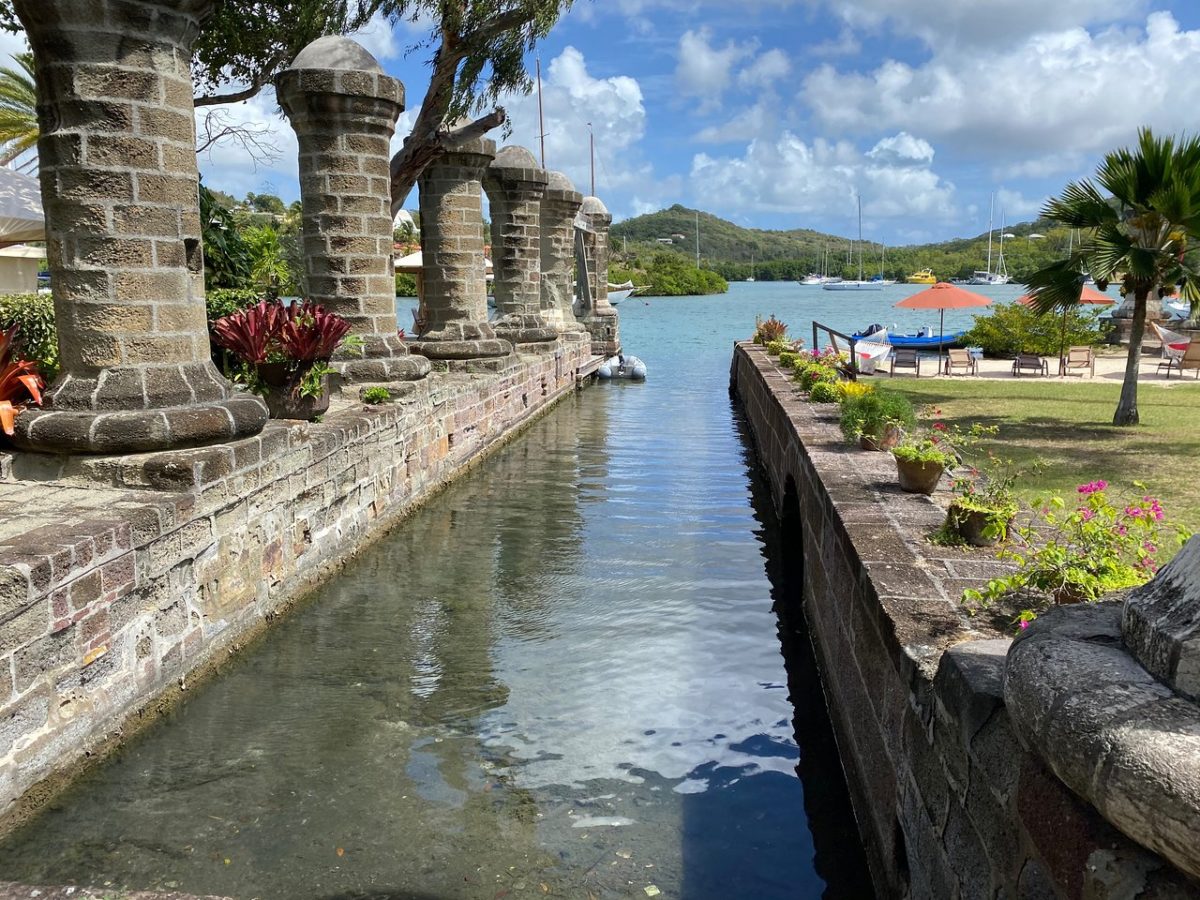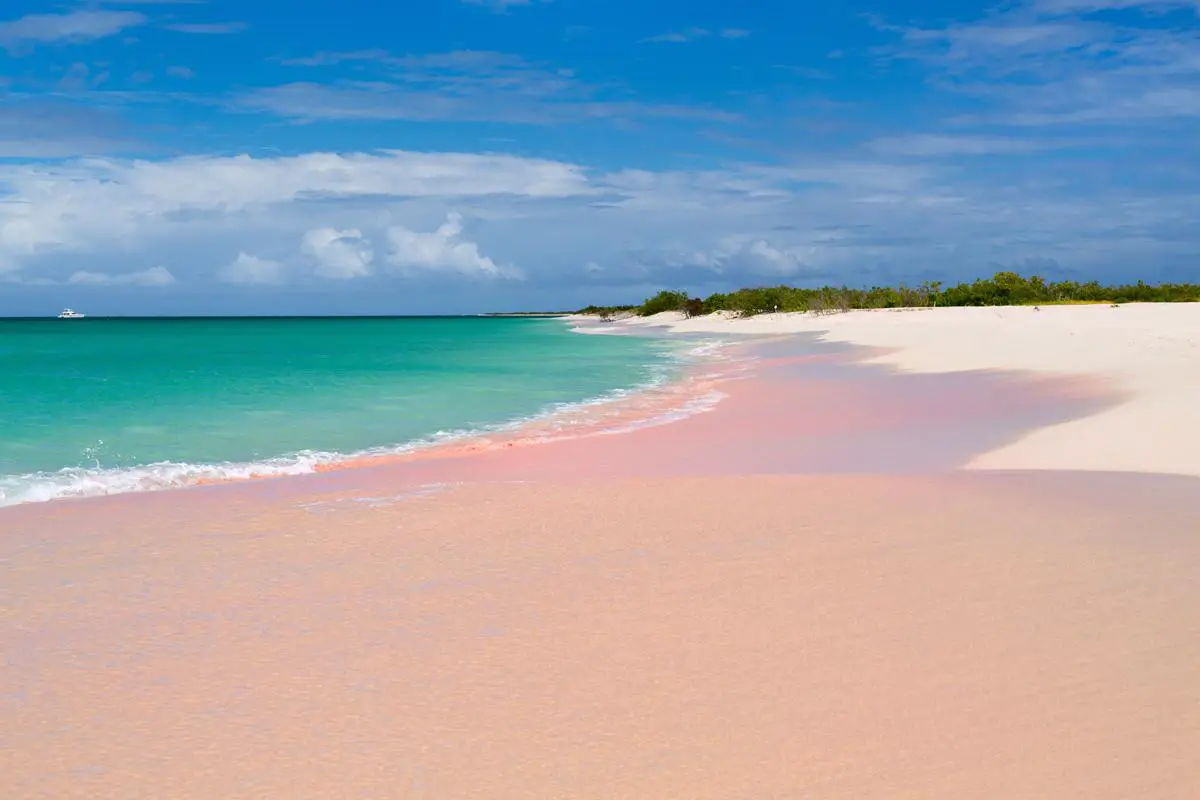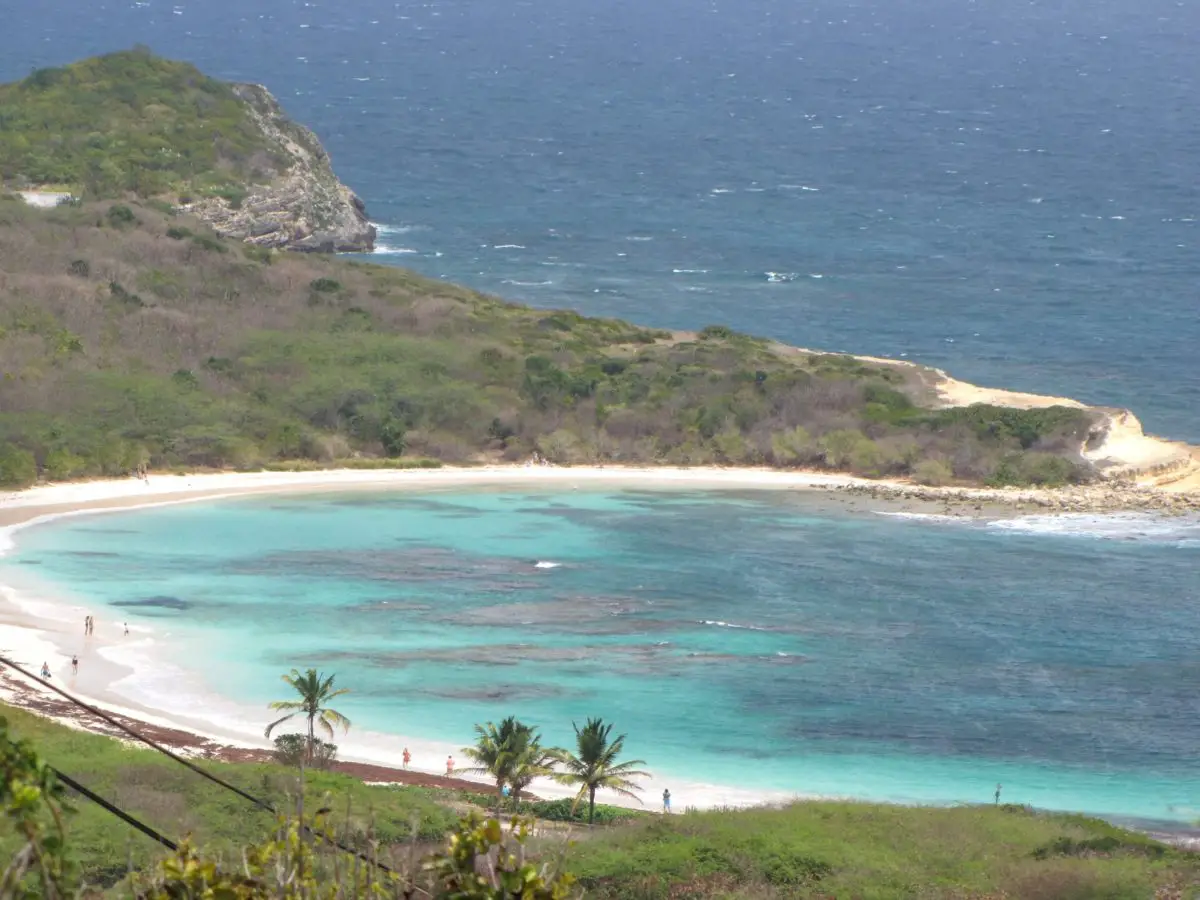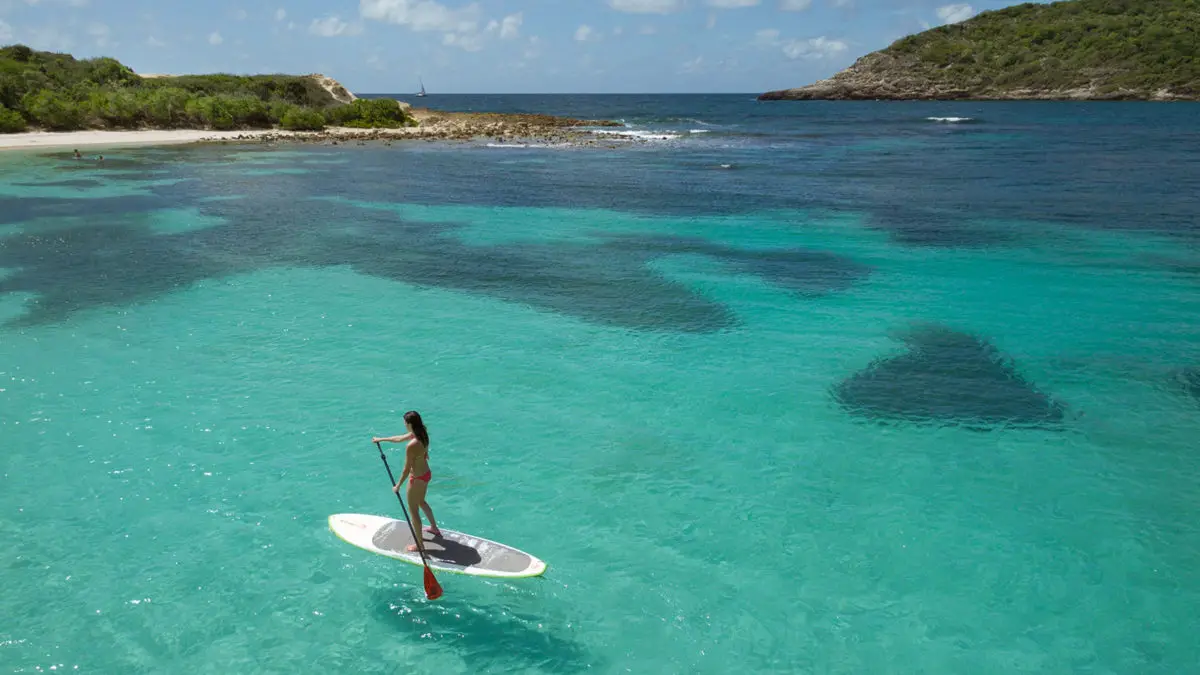The islands of Antigua and Barbuda are definitely one of the most sought after destinations when it comes to discovering islands, they are on the itineraries of the largest and most important cruise ships in the world, the islands of Antigua and Barbuda are beaches, history and much more. We invite you to learn all about this unique group of islands.
Indice De Contenido
- 1 Where are the islands of Antigua and Barbuda?
- 2 The Island of Antigua
- 3 Barbuda Island
- 4 Round Island
- 5 Hotels in Antigua and Barbuda
- 6 History of the islands
- 7 St. John’s, the capital of Antigua and Barbuda
- 8 Things to do in Antigua and Barbuda
- 9 St. John’s Cathedral
- 10 Museum of Antigua and Barbuda
- 11 English Harbour
- 12 Shirley Heights
- 13 The best beaches of Antigua and Barbuda
- 14 Key features of Antigua and Barbuda
Where are the islands of Antigua and Barbuda?
Antigua and Barbuda is a country located off the coast of South America and is made up of three islands, Antigua, Bermuda and Redonda, located in the Atlantic Ocean and bathed by the waters of the Caribbean Sea, a privileged location that gives them a special beauty.
Located off the coast of South America and east-southeast of Puerto Rico, Antigua and Barbuda is a popular tourist destination. It is actually part of what is known as Island America. Antigua and Barbuda is bordered by the Lesser Antilles to the north, the island of Guadeloupe to the south, the island of Montserrat to the southwest, St Kitts and Nevis to the west and the island of St Maarten to the northwest.
Antigua is the largest and most populous island and is therefore considered the main island. Barbuda lies to the north of Antigua and is also considered an important island, while Redonda is uninhabited.
The climate is warm all year round. The geomorphology of the island is predominantly lowland and flat, with the highest point being the well-known Mount Boggy Peak, now renamed Mount Obama, which is barely more than 400 metres above sea level.
The dominant language is English and the official currency is the Eastern Caribbean dollar. The development of the islands is residential, but the economy is almost 100% based on tourism. As a result, the infrastructure consists of hotels, luxury resorts and all kinds of tourist attractions.
The most developed island is Antigua. The capital is located on the island of Antigua and is called St John or Saint John’s. The country of Antigua and Barbuda is used for a number of international sporting activities, choosing this beautiful scenery that is always welcoming to visitors.
The Island of Antigua
As previously mentioned, Antigua is the largest of the islands and is the capital of Antigua and Barbuda with a population of approximately 68,000 thousand. It has an estimated area of 280 square kilometres.
It is characterised by a mostly flat topography with few elevations. The highest point is Mount Obama. The island of Antigua is divided into six parishes, the most populous of which is Saint John, followed by Saint Paul, Saint Mary and Saint George.
Another parish is St Peter’s and finally St Philip’s. The capital, St John, is located in the north-east of Antigua, strategically close to the island’s airport. The city also has a harbour with a deep enough draft to accommodate large cruise ships. The town has an extensive network of hotels along the entire coast of the island.
It is named after the navigator Christopher Columbus, who arrived on the island on his second voyage in 1493 and gave it the name of the Virgin of Antigua, which is a beautiful dedication to the Holy Virgin Mary, the image shows the Virgin with the Child Jesus and a white rose. This beautiful image is in the Cathedral of Seville, Andalusia, Spain and in her honour Columbus named the island Antigua.
Barbuda Island
Barbuda is the second largest island in Antigua and Barbuda. With a much smaller population than Antigua, most of the inhabitants live in the capital city of Codrington.
It is geographically located to the north of Antigua. The first inhabitants of the islands were the Siboney, the indigenous Caribs who occupied the West Indies, and there is evidence of Siboney occupation of the islands from the Stone Age. Later, with the arrival of Christopher Columbus, the island was named Barbuda because of the presence of long beards on the trees, which were actually lichens that gave the forests a bearded appearance.
The history of colonisation and slavery in these islands is truly shocking. However, the indigenous people have always been able to achieve independence when they set their minds to it. Barbuda is now the second largest island in the world and is developing in full freedom and sovereignty.
Of course, much of Barbuda’s history remains in the town, and if you look at old maps you will see important and imposing buildings, especially in the highland area, as well as Codrington Castle, a fort in River, now known as the Martello Tower, and others.
Barbuda’s main economic activity is tourism, which is why Barbuda has an airport called Codrington and a ferry service to Antigua. Like Antigua, Barbuda offers a range of activities and the beauty of its beaches is a major tourist attraction.
Round Island
Isla Redonda is a small island of only 1.6 kilometres in area, uninhabited but part of the dependencies of Antigua and Barbuda. It was also discovered by Christopher Columbus on his second voyage and named Santa Maria La Redonda.
Its size has always been an obstacle to settlement, but historically it has been a refuge for pirates. However, when the English wanted to add Isla Redonda to their domain, it was claimed by a wealthy Irishman who lived in Monserrat. It was a birthday present for his son, whom he named King of La Redonda.
Over time, the island became interesting for phosphate mining, the only time it was ever inhabited. The island was evacuated during the First World War and remains uninhabited to this day.
Hotels in Antigua and Barbuda
Many tourists choose to stay in Antigua, where you’ll find all the facilities you need to make the most of your holiday. Hotels range from luxury resorts to budget hostels. Most attractions, shopping centres and museums are located in the capital, Saint John’s. There are also nearby beaches to visit. VC Bird International Airport is 15 minutes from the city.
If you want to enjoy more of Antigua’s beaches, you can stay at Dickenson Bay, a much quieter beach with plenty of activities to do. In this area you will find luxury hotels with access to the beaches and first class restaurants.
The most recommended area for family holidays is Jolly Harbour. Here you will also find white sandy beaches and activities for the whole family.
History of the islands
The islands of Antigua and Barbuda are steeped in history that has shaped them into what they are today. According to history, the islands were first inhabited by the Siboney, who lived in the Stone Age. Then came the Araucanians and the Carib Indians, who were the tribes inhabiting the islands when Christopher Columbus arrived on his second expedition to America in 1493.
After Columbus’ discovery, the Spanish settled here, and later the French. But it was the English who made Antigua and Barbuda a colony in 1666. After taking possession of the territory, dominating and enslaving the native inhabitants, the town of Codrington was founded on Barbuda, the land on the island having been leased by the Codrington brothers.
These brothers were slave traders who were also brought to Antigua to work on the sugar cane plantations. The natives were resilient, however, and more than once rebelled against the indignity. Antigua was colonised by the English in 1632, and although the French took possession for a time, it never ceased to be an English colony.
The emancipation of the slaves came in 1834, but a series of events prevented them from becoming economically viable, so Barbuda became a British colony again at the end of the 19th century. Administratively, it became a dependency of Antigua, which remained with the colony, but without bending, they continued to make all the necessary arrangements to achieve their independence.
In the 1950s, Antigua joined the Federation of the West Indies, an association of British colonies in the Caribbean. This alliance was, of course, always opposed by the English colonists.
Despite the dissolution of the Federation in the early 1960s, Antigua continued to seek alternatives to achieve a form of federation, becoming autonomous in all internal affairs, while the UK was the face in foreign affairs.
Internally, however, the political struggle for full independence for Antigua continued, but Barbuda became a major obstacle for a long time because it wanted its own independence. In the early 1980s, however, independence finally came under Vere Bird, who did much to integrate the region.
St. John’s, the capital of Antigua and Barbuda
As mentioned above, St. John’s is the capital of Antigua and Barbuda, located on the island of Antigua, and is the most important city in the country. It is estimated to have a population of over 30,000. It is definitely the commercial centre of Antigua and Barbuda. St. John’s is also the main port on the island of Antigua.
As the principal town, it is the political and administrative centre of Antigua and Barbuda. Since colonial times and after independence, St. John’s has been the seat of government. St. John’s is the centre where the major infrastructures converge to consolidate the economic activity that sustains Antigua and Barbuda.
The port is used by international cruise ships and San Juan is also home to the San Juan International Airport. The history of the city tells that San Juan was originally a small hamlet founded in the mid-17th century and its first settlers were Irish. It was a city under constant attack, first by the Caribs and then by the French. The city’s development really took off with the arrival of African slaves to supplement the already diminished local workforce.
So the land was cultivated and tobacco was replaced by sugar cane, which was a more profitable crop. They began to build what is now known as the fort, which was used to defend the town. It was also built by the slaves and they called it Fort James. Hurricanes have always been part of the island’s history.
When the town of St John was at its economic and developmental peak, it was hit by a major hurricane in 1689. However, it rebuilt itself and continued to develop with all that is needed to remain the capital of Antigua and Barbuda to this day.
Things to do in Antigua and Barbuda
When a country bases its economy on tourism, as is the case of Antigua and Barbuda, its people, facilities and potential are geared towards entertaining visitors, making them feel comfortable, enjoyable and achieving the tourist destination par excellence, Antigua and Barbuda is no exception.
When you visit this beautiful country, you will be pleasantly surprised by all the activities that await you. Generally and most advisable, if we wish and our intention is to know the place, its culture and its people, we must then start the tour of the places that tell the story of the place. Antigua and Barbuda tells its story through beautiful historical monuments that are priceless.
Antigua and Barbuda is also rich in attractions that invite the tourist to explore every nook and cranny of the island, the natural landscapes of the islands are truly paradisiacal, and the hotel infrastructure is well developed.
In the capital, St. John’s, the historic centre is well worth a visit. The Cathedral, the Old Cemetery and the Museum of Antigua and Barbuda are just some of the things to do in the city.
Near the bay you can visit the ruins of the old Corbinson Castle. The sugar cane plantations tell their story in a museum, but the real witnesses are the windmills that still stand.
There are a number of excursions to the natural sites of the islands that make a truly beautiful tour that can be perfectly combined when visiting Antigua and Barbados, including Half Moon Bay, Indian Town, Devil’s Bridge and many others. There are all kinds of options available, including an extraordinary helicopter flight that will allow you to see the islands of Antigua and Barbuda from a different perspective.
St. John’s Cathedral
St. John’s Cathedral is located in the city of the same name on the island of Antigua, with baroque architecture that stands proud of the history told within its walls. St. John’s Cathedral was built in the mid-19th century, the previous ones to this beautiful cathedral succumbed to the earthquakes of 1683 and 1745. The first church of the place was of rustic architecture, built of wood, without ostentatious decorations, it was more of a meeting place to evangelise.
The second church was built with more robust materials to avoid the fate of the first. This second church had a bell tower, but it too was badly damaged by a strong earthquake. The Cathedral of San Juan was built on the foundations of the two previous churches, and construction began in 1845.
Two statues of Saint John the Evangelist and Saint John the Baptist adorn the pillars of the church. They are made of bronze and the story goes that both statues arrived on the island after being confiscated from a French ship.
Museum of Antigua and Barbuda
On the corner of the streets of the town of San Juan is the old colonial court building, now converted into the Museum of Antigua and Barbuda. It was built in the 16th century. Visitors can enjoy an exhibition of archaeological artefacts that show who the first inhabitants of the islands were.
Each piece in the museum tells the story of the arrival of the colonisers and the fateful passage of slavery. We can see ancient utensils found in archaeological digs. There is a replica of the dwellings of the Arauca people and the influence of the English culture that dominated the islands of Antigua and Barbuda for so long.
English Harbour
English Harbour is another of the places that the island of Antigua has to be visited and enjoyed by its visitors, it is one of the historical places of the island, it is located in what is known in town as Nelson’s Dockyard National Park.
Nelson’s Dockyard is one of the island’s historic sites and is located in what is known as Nelson’s Dockyard National Park. It was in the harbour in the 18th century, it was developed as a base for the British Navy, it has been restored and to the delight of the people of Antigua and Barbados, it is the only Georgian style dockyard in the world in the condition that Nelson’s Dockyard is in. It is named after a British naval commander.
Some of the buildings that were used for the dockyard’s activities at the time have been preserved on the site, allowing and facilitating an insight into the dockyard’s history. Some have been preserved to complement the beautiful dockyard and others are used as shops.
Shirley Heights
Shirley Heights is one of the places you can’t miss when you visit Antigua and Barbuda. It’s a walk where the history of Antigua and Barbuda unfolds before your eyes. Shirley Heights is a place on the hills where you can find some of the military structures built during the colonial period.
It is a strategic location overlooking the bay and much of the island. The first thing you will see are the remains of the buildings and forts that defended Antigua and Barbuda. This site has been the subject of archaeological studies, which have uncovered a significant amount of equipment and artefacts from the period related to military life.
If you want to enjoy a beautiful sunset and an incomparable panoramic view, this is the place to be. You can also walk and hike through the forest and at the top of the hill you can see the house of the Duke of Clarence, who later became King William IV.
The best beaches of Antigua and Barbuda
There is no doubt that the worldwide recognition of the quality of the beaches of Antigua and Barbuda is not based on false expectations, in fact the islands are characterised by truly beautiful beaches of white sand, crystal clear and warm waters, adorned with beautiful vegetation and also where you will find all the facilities and attention necessary to have a great time, relax and have fun.
Situated in the Pacific Ocean and bathed by the Caribbean Sea, the islands of Antigua and Barbuda are protected by their coral reefs from strong waves, so they are quiet beaches that allow you to enjoy the place. The variety of beaches is also impressive, with more than 360 beaches, meaning you can enjoy a different beach every day of the year. Whichever destination you visit, there will always be beaches that are more popular than others for a variety of reasons.
In Antigua and Barbuda, Hawksbill Beach is a large, popular beach located in a resort. The special thing about this place is that it is not really just one beach, but four beaches that are connected and each one has a characteristic that makes it different and special. There are also completely unspoilt beaches with no facilities, which will appeal to those looking for a more natural environment.
In the southwest of the island of Antigua there are some beaches where nudism is allowed, we know that there are countries where it is normal to be topless or simply not to use swimming costumes, in Antigua it is not common, but as it is an island visited by people from all over the world, there are also places for those who practice nudism.
Most of the beaches are wide, so you can enjoy them without feeling overwhelmed. Here are some of the most popular beaches in Antigua and Barbuda.
Valley Church Beach
Valley Church is one of the beaches of Antigua and Barbuda, located on the eastern side of the island. Its white sand has a coarser grain than usual. It has a restaurant service and also has chairs and umbrellas for hire to protect us from the sun, which also gives you the right to use the showers.
Although this is a centrally located beach, it is not always very crowded, unless a cruise ship arrives, as it is one of the more popular beaches, but it is beautiful, has all the amenities and is well worth a visit.
Half Moon Bay
Half Moon Bay is a very popular beach that has served as the location for hundreds of commercials, as it is a truly beautiful beach, with a crescent shape, crystal clear water and white sand, making it a spectacular setting.
It is a very well-kept beach, overlooking the National Park of the same name. It is a high quality and super luxurious resort. It offers all the comforts, privacy and fun.
Darkewood Beach
Another beach of choice for many visitors is the beautiful Darkewood Beach, a beach surrounded by beautiful forest and mountain scenery framing the crystal clear water and white sand. Sunbeds and umbrellas can be hired and for those holidaymakers who can’t live without their connection to the world, the beach has free wifi. On a clear day you can see the neighbouring island of Monserrat.
Galley Bay Beach
This is one of the beaches of choice for families on holiday with young children, as the water is really calm and the slope of the beach provides a safe place for the little ones to play and for the parents to relax. It is a beautiful beach with crystal clear waters and white sands, with all the amenities you need for a great day out.
Pigeon Beach
This beach is ideal to visit and make the most of your time if you are planning to visit Port English as it is only 5 minutes away. It is one of the most popular beaches with the locals, making it an excellent place to interact with the community of Antigua and Barbuda. It is one of the beaches of choice for those who practice scuba diving, its warm, calm and crystalline waters are really an invitation to enjoy the place.
Key features of Antigua and Barbuda
The island of Antigua and Barbuda is part of the so-called Insular American States, located in the north of the Lesser Antilles, named after the Genoese explorer Christopher Columbus. Antigua and Barbuda was colonised by the Spanish, French and British and is now a sovereign, free and independent country.
It is a country characterised by the influence and mixture of cultures that have made it what it is today, but which also give it its identity. The African influence can be seen in the physiognomy of its inhabitants, in its dances and music, the English defined its sporting trend, cricket and Spanish football, just to highlight some of the socio-cultural characteristics that are evident when visiting this beautiful and incredible place.
Its location gives it special characteristics of the Atlantic Ocean and the Caribbean Sea, geomorphologically it is an island, mostly flat, the highest area is the Cerro Obama, which barely exceeds 400 metres in altitude. Its location makes it vulnerable to hurricanes and earthquakes. The last hurricane was in 2017 and caused widespread devastation, especially in Barbuda.
The Climate
The climate is very warm and pleasant throughout the year, with an average maximum temperature of 30 degrees Celsius and a minimum of 25 degrees Celsius, giving Antigua and Barbuda an annual average that does not exceed 27 degrees. In terms of rainfall, Antigua and Barbuda can be considered a dry area as the average annual rainfall does not exceed 1150 mm.
Rainfall is greatly influenced by the fact that the topography of the islands is virtually flat, so there are no orographic features to interfere with the moisture-laden winds that blow over the islands. The wettest period is between August and November, with June to November being the known hurricane season.
Flora and Fauna
You may be pleasantly surprised by the variety of flora and fauna found on the islands of Antigua and Barbuda. The aquatic fauna associated with the reefs is a variety of tropical fish that give it an incomparable colour, the beautiful and shy cerpulids, those beautiful corals that hide when touched, moray eels, mataray eels, whale sharks, turtles and more are some of the species that can be seen.
They also have a bird reserve that will delight visitors with the quantity and variety of seabirds and others such as wild ducks. There is a non-venomous snake that is in danger of extinction and is therefore a protected species, known as the slithering snake.
As far as the flora is concerned, the presence of mangroves and palm trees can be highlighted as the native vegetation of the island. Its dry climate allows the presence of thickets and thorny species, but we can also find the establishment of forests of white and red cedar and mahogany, among other species.
If you liked this article, we invite you to continue reading the links we recommend below:
- Desalination
- Christ of the Abyss
- Challenger Abyss

